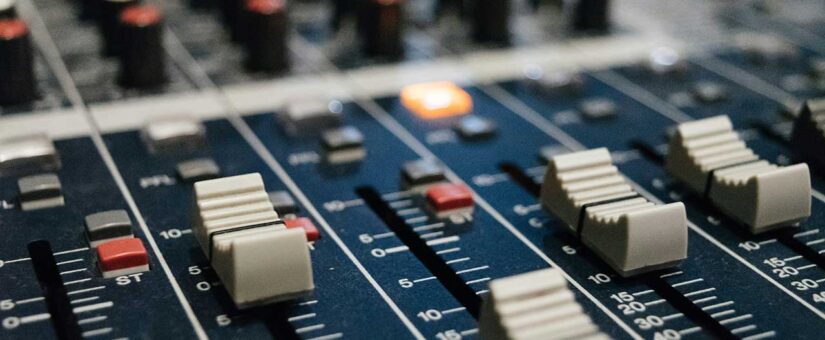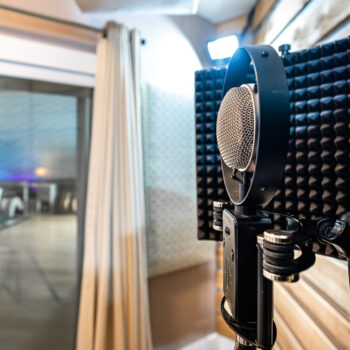
In professional audio, a limiter is a type of dynamic range processor used to control the volume of audio signals. Its primary function is to prevent audio signals from exceeding a certain threshold level, which helps avoid distortion and clipping in recordings or live sound situations.
Here’s a breakdown of how a limiter works:
- Threshold: The limiter is set to a specific threshold level. When the audio signal exceeds this threshold, the limiter engages.
- Ratio: The limiter applies a very high compression ratio (often 10:1 or more), effectively reducing the gain of the signal once it surpasses the threshold. This means that any signal above the threshold is reduced to a level that remains below the threshold.
- Attack and Release: These controls determine how quickly the limiter responds to signals that exceed the threshold. Attack time dictates how quickly the limiter starts to work after the signal exceeds the threshold, while release time determines how quickly it stops limiting once the signal falls back below the threshold.
- Output Level: The limiter often has an output level control to adjust the final output volume after limiting has been applied.
Limiters are essential in both recording and live sound environments to protect equipment from overload, manage levels to prevent distortion, and ensure a consistent audio experience. They are particularly useful for mastering, where they can help maximize the overall loudness of a track while avoiding unwanted clipping.
- On 11/05/2024


